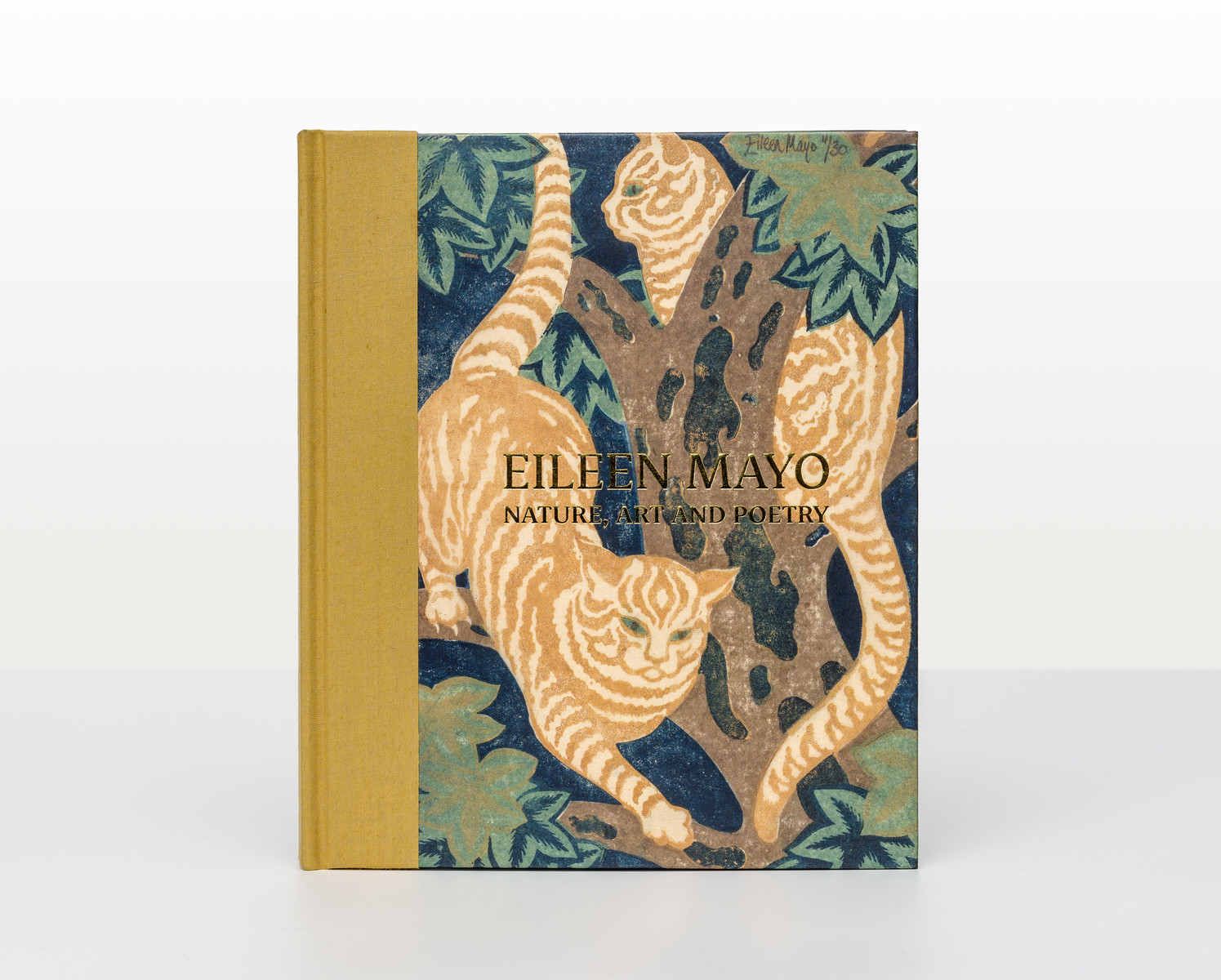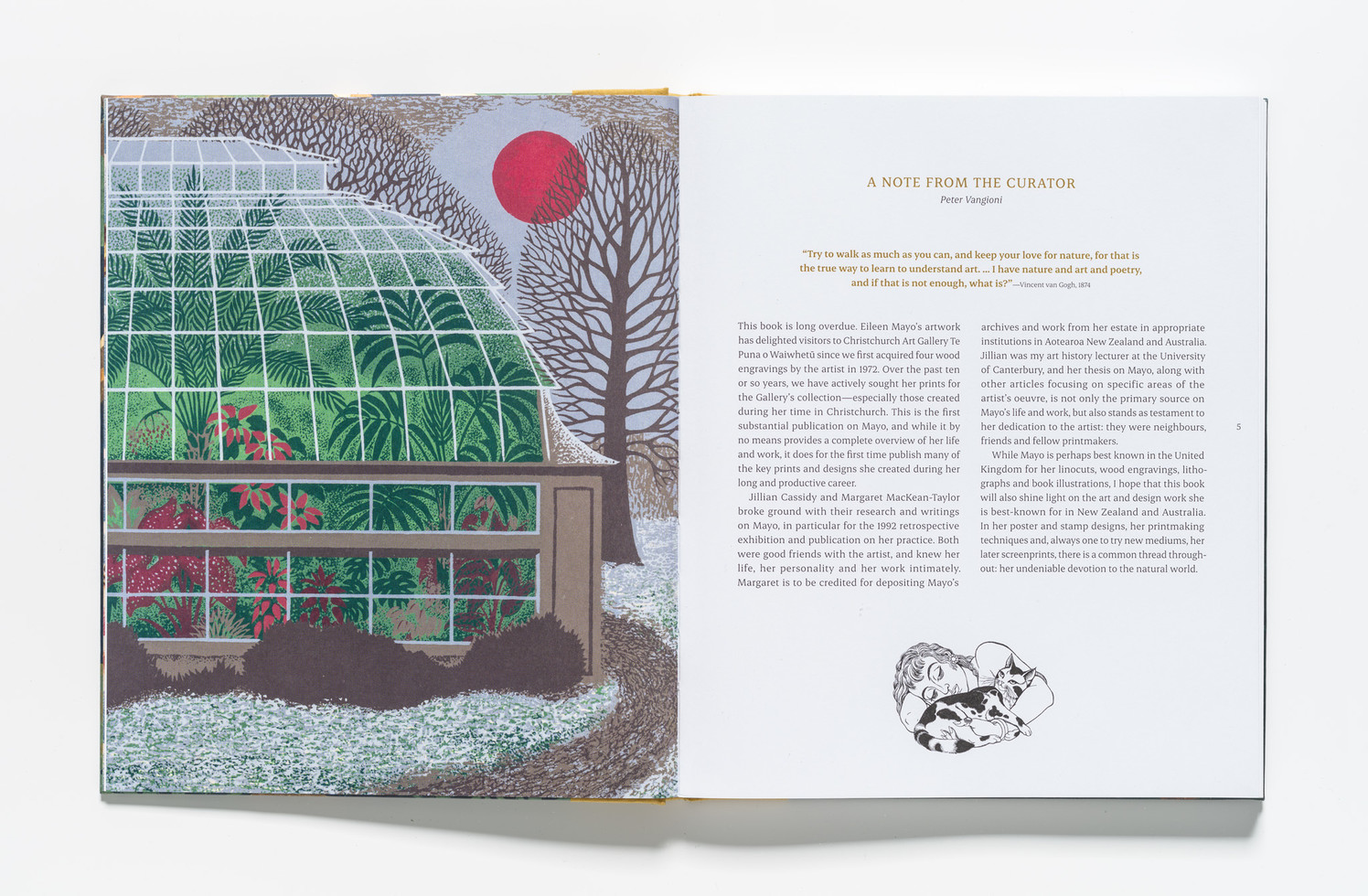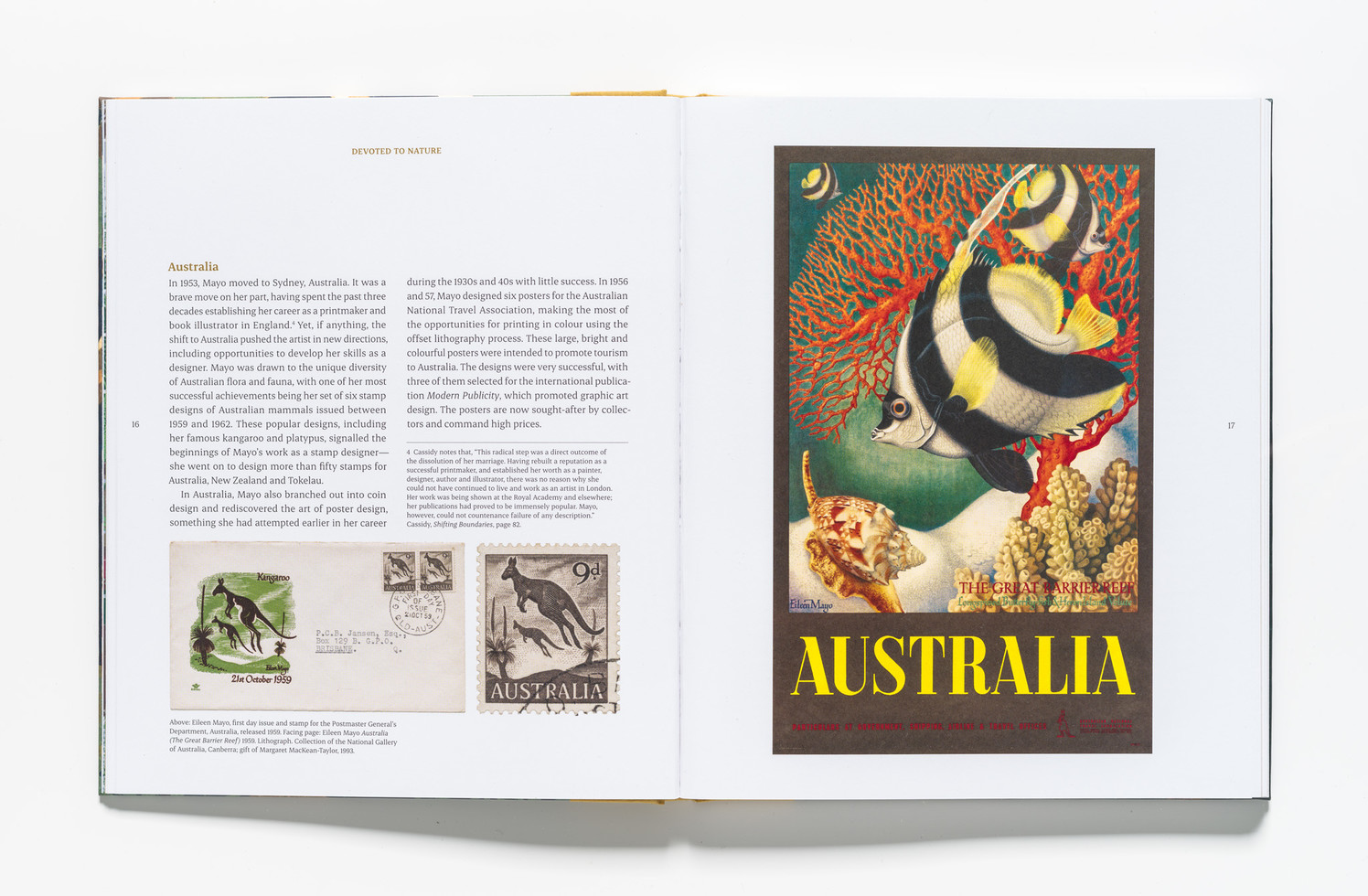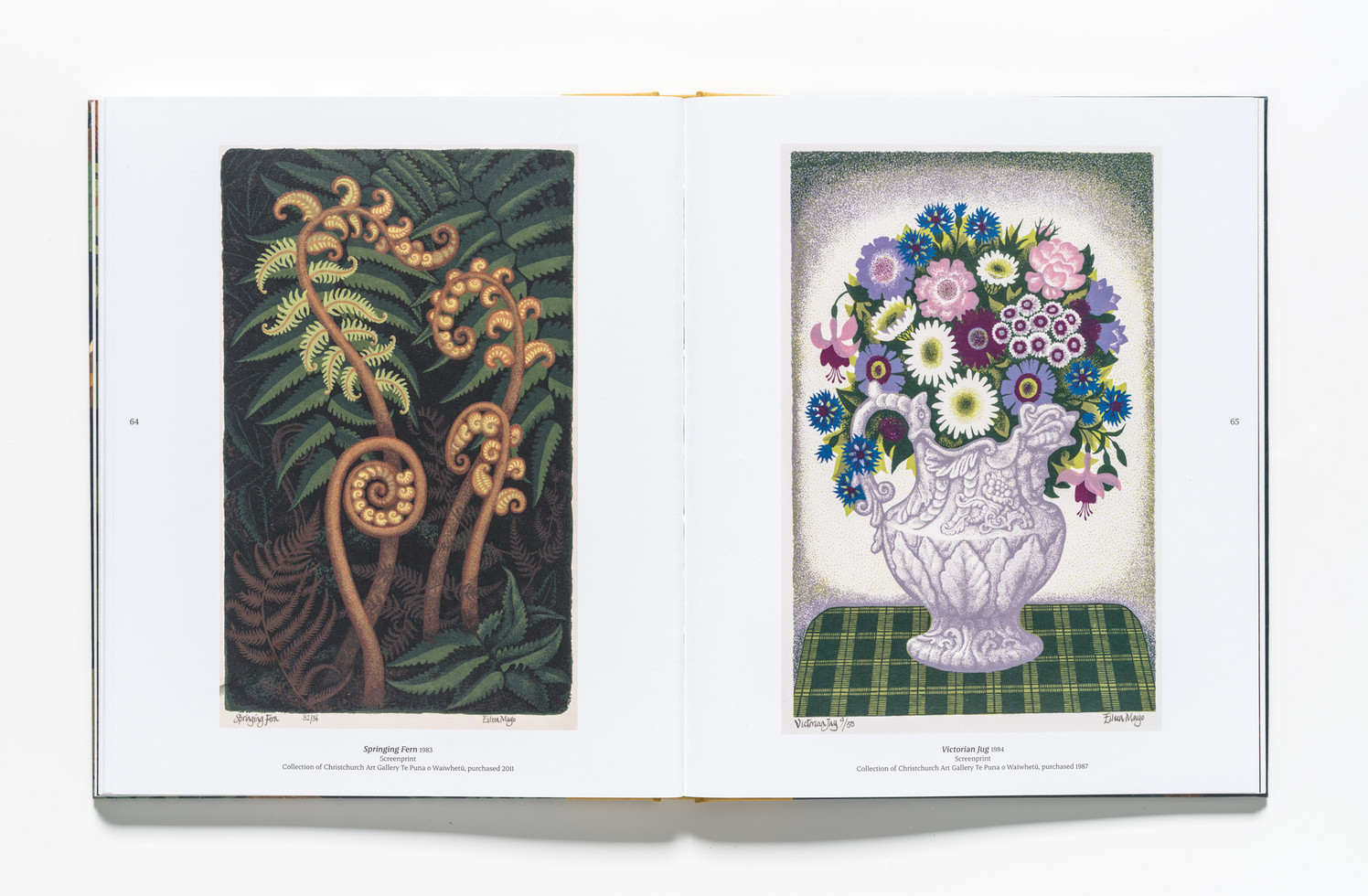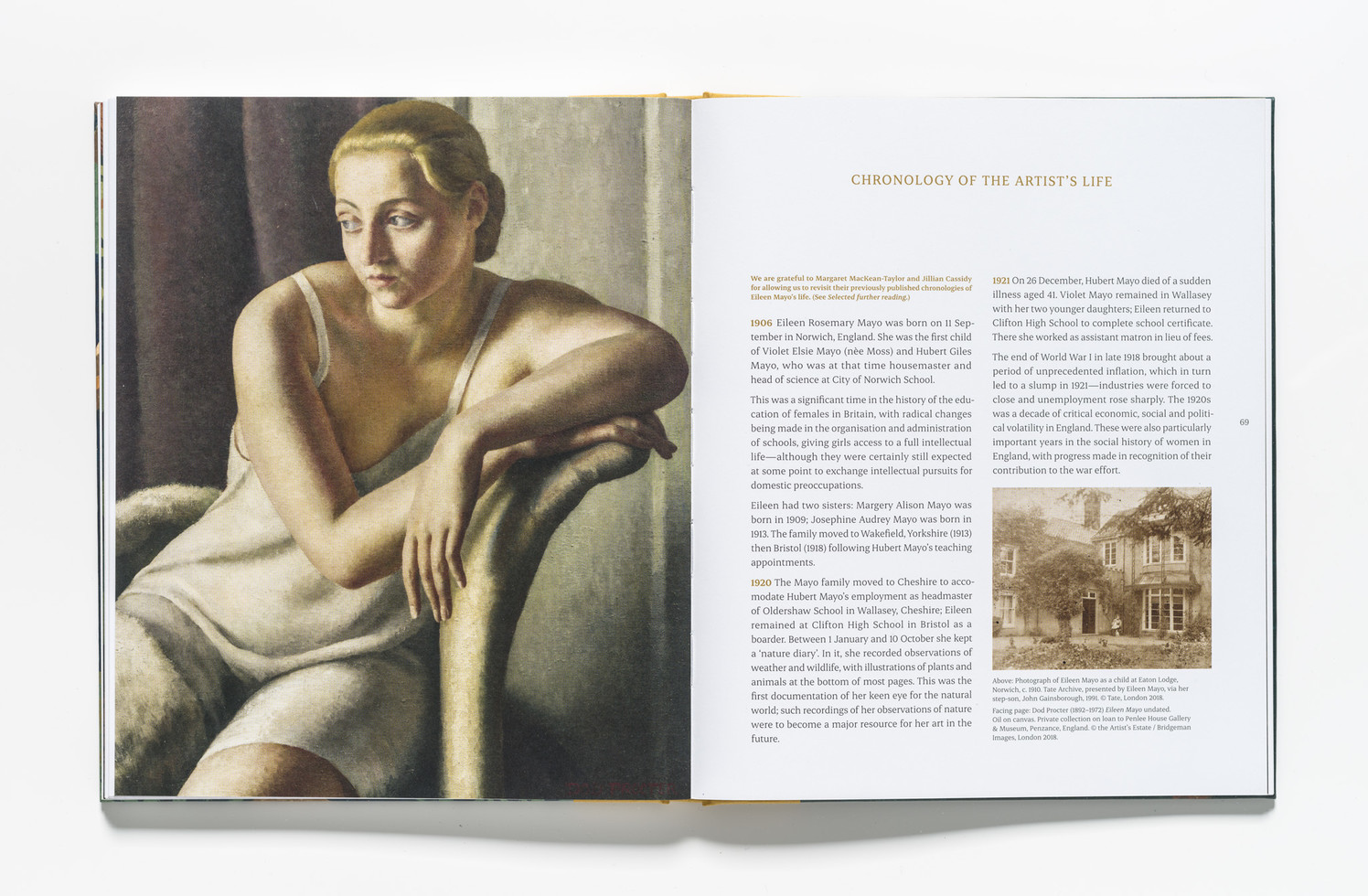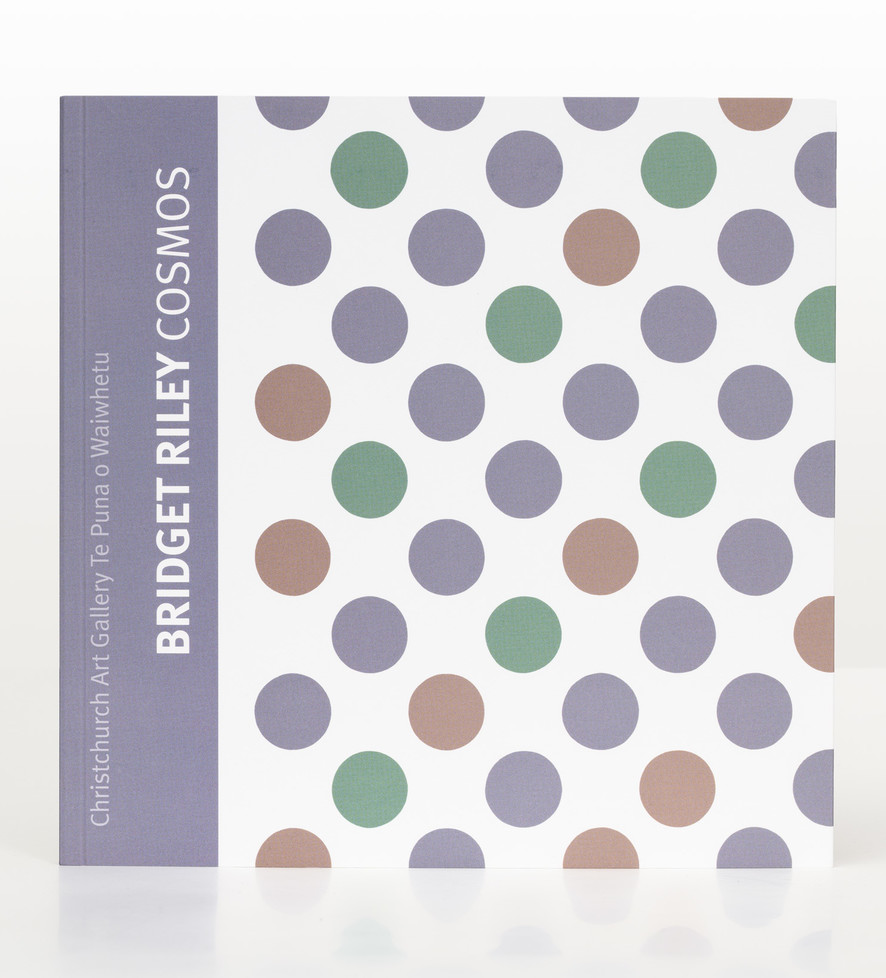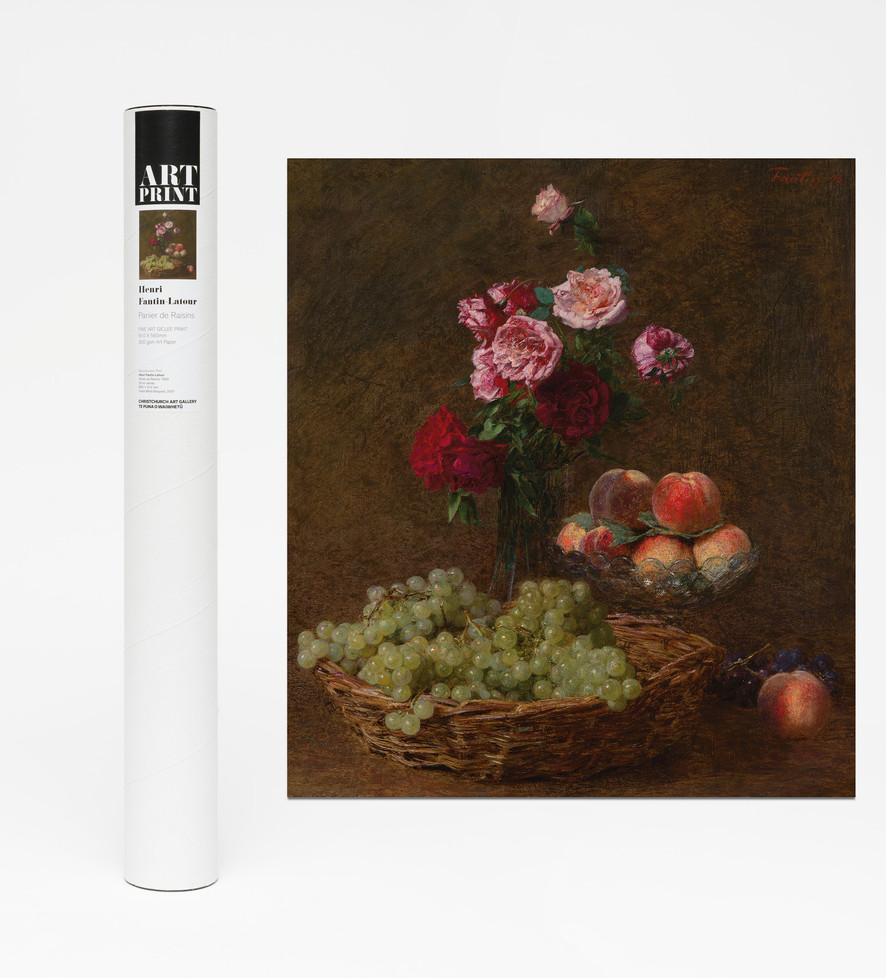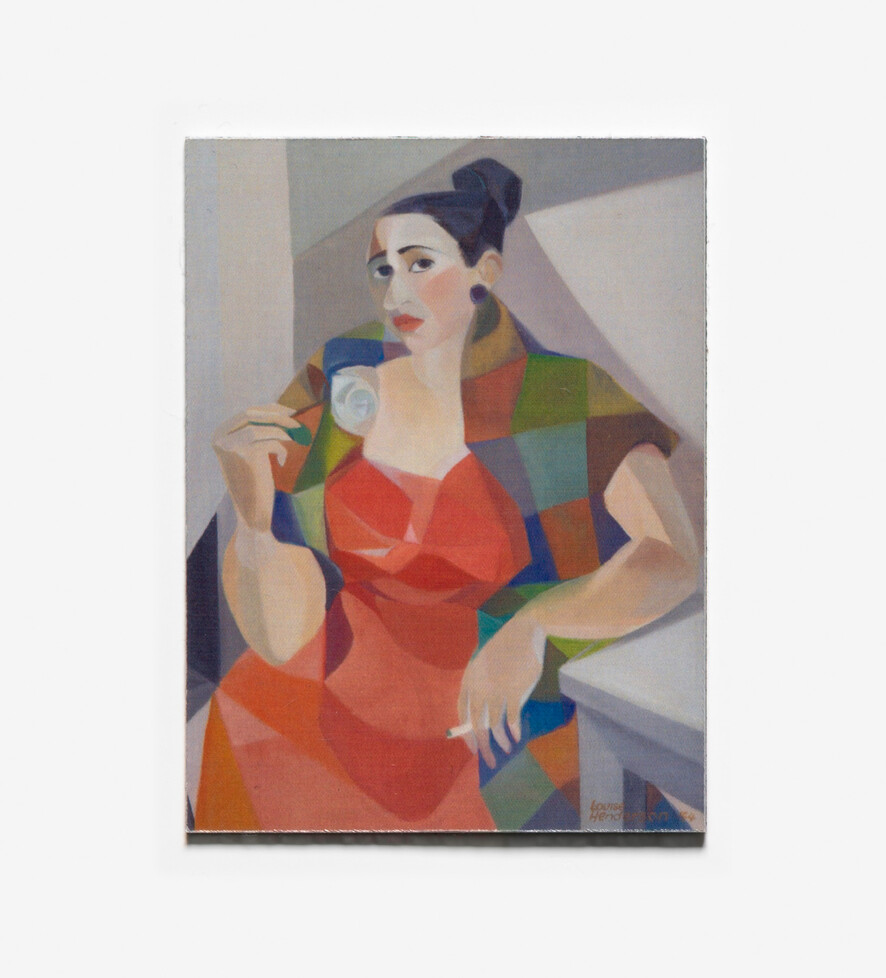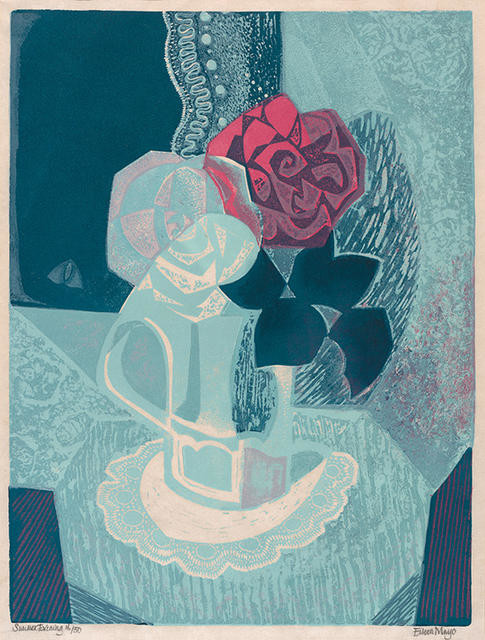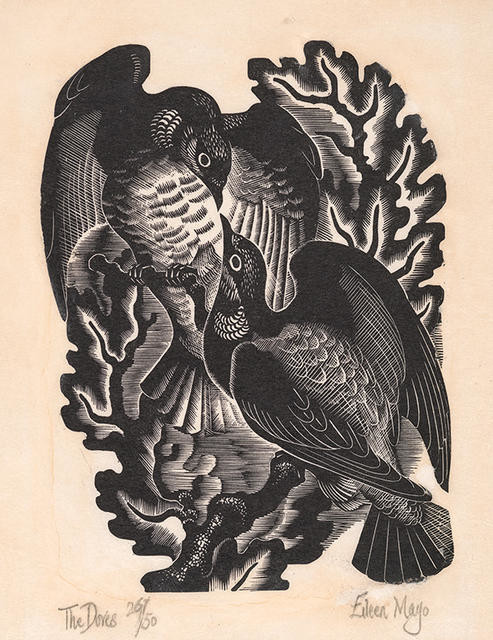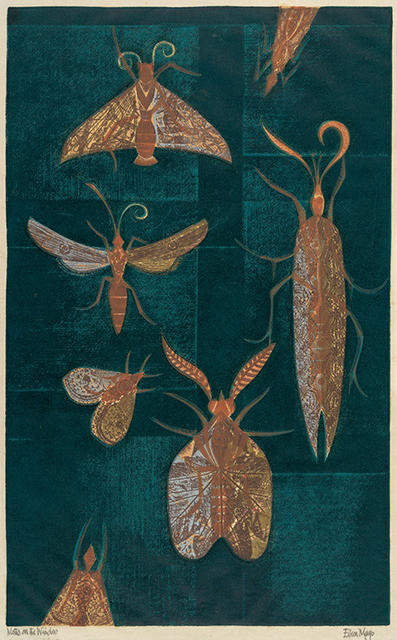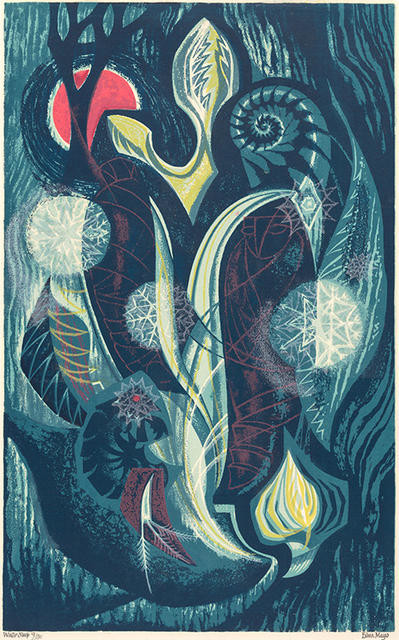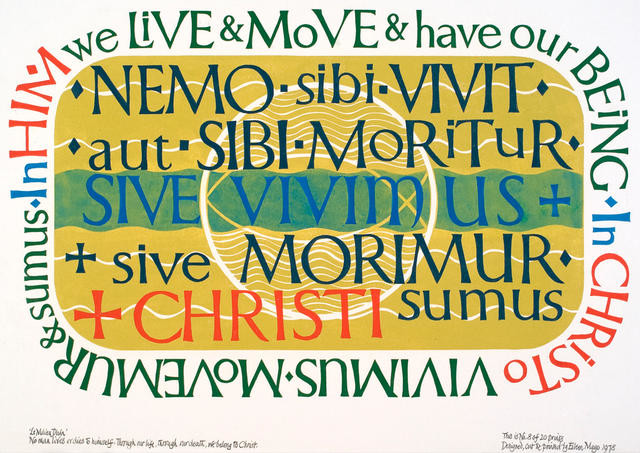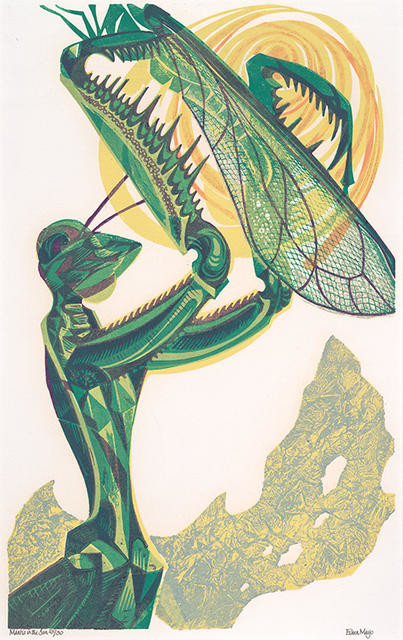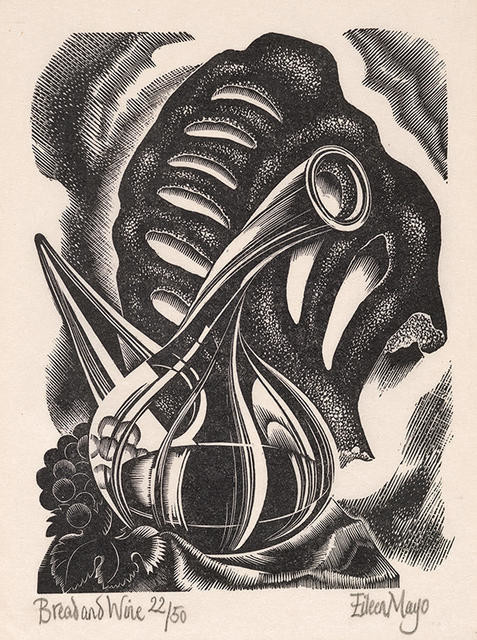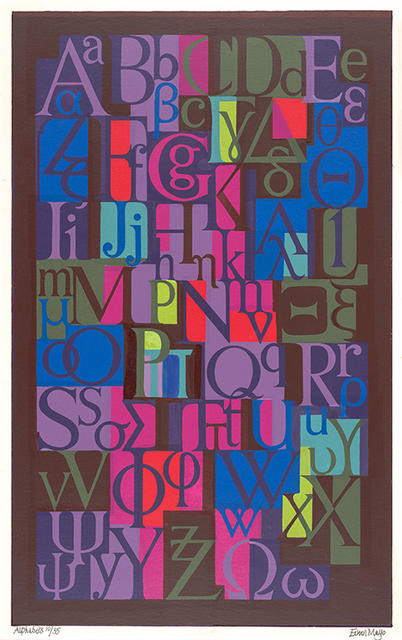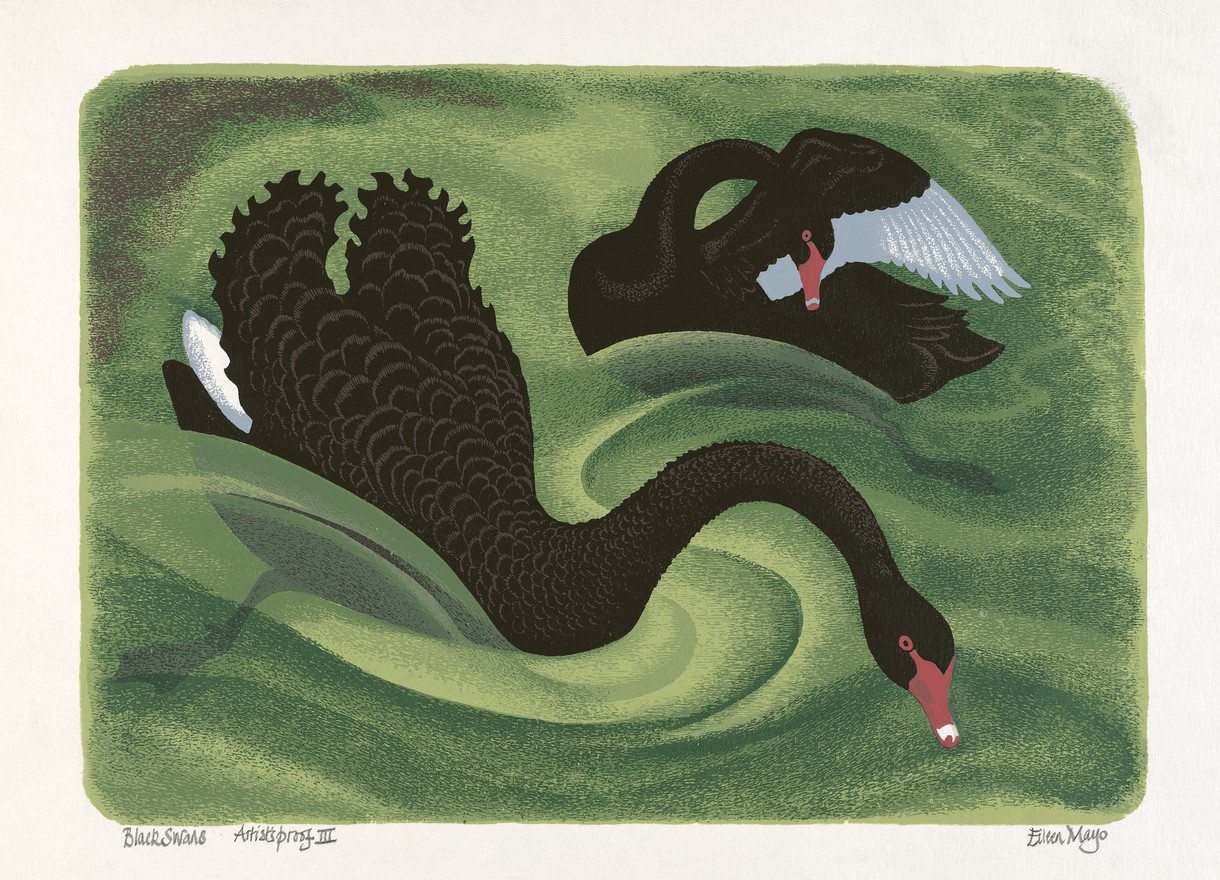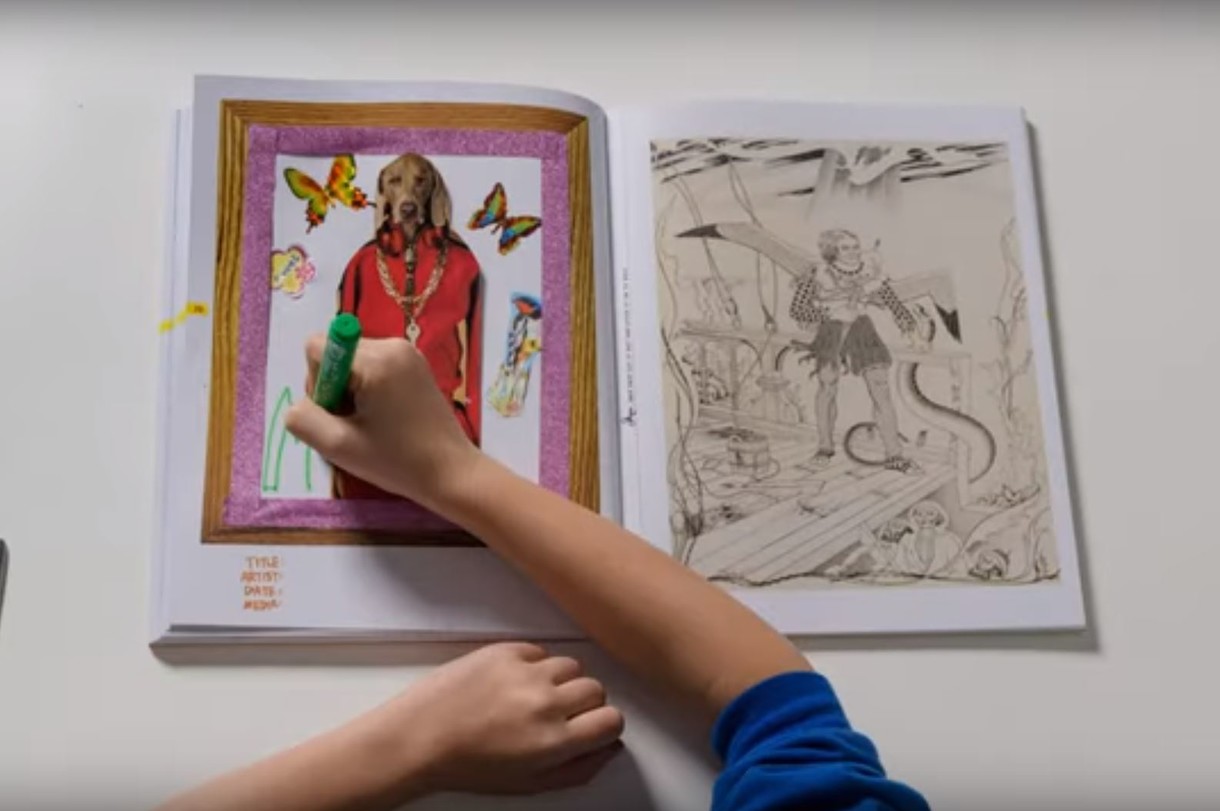Eileen Mayo: Art, Nature and Poetry
Peter Vangioni with Jillian Cassidy
ISBN: 978-1-877375-55-2
Hardcover with cloth quarter-binding
SOLD OUT but available online
Calling on the natural world around her for inspiration, Eileen Mayo’s extraordinary skill with line, colour and composition made her one of Britain’s foremost print artists in 1930s London, where she exhibited alongside the likes of Claude Flight, Sybil Andrews and Cyril Power.
Mayo left it all behind when, in 1953, she abandoned London for Sydney then Christchurch, each move generating a new body of work.
This is the first substantial publication on Mayo, publishing for the first time many of her exquisite neo-romantic wood engravings, prints, designs and book illustrations that continue to enthral and delight audiences.
Author: Peter Vangioni with Jillian Cassidy
Pages: 88
Dimensions: 242 x 205mm
Contact Us
Phone: +64 3 941 7370
shop@christchurchartgallery.org.nz
Other Gallery Editions:
Follow us on Instagram
Related reading: Publishing
film
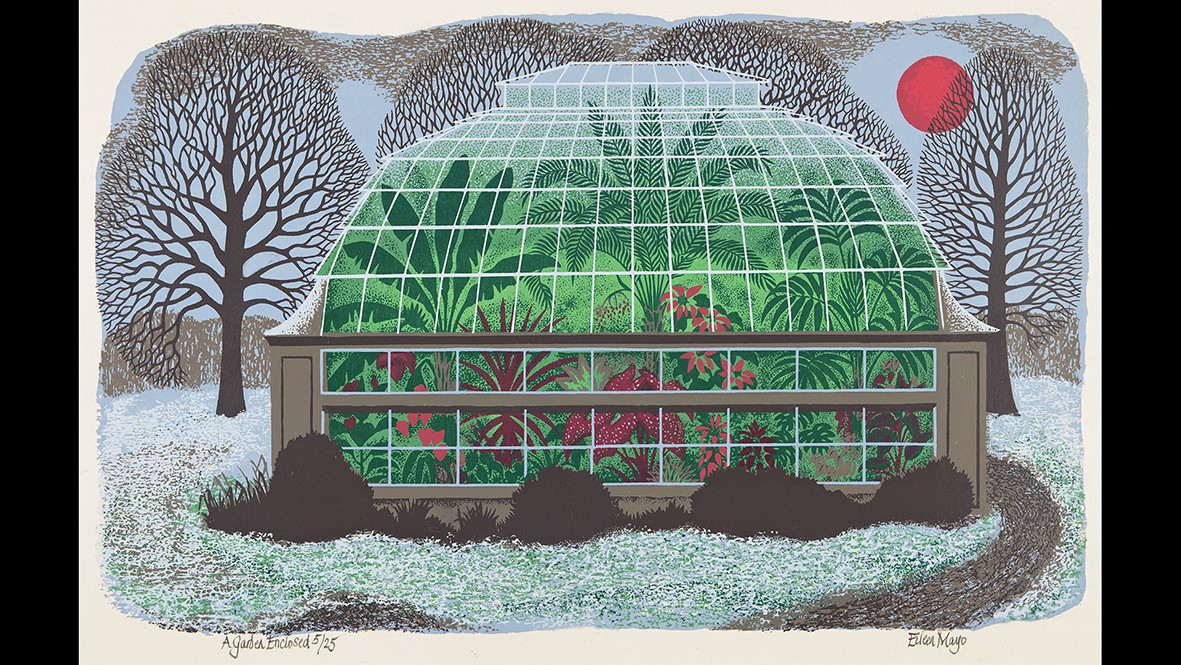
A Garden Enclosed by Eileen Mayo
Guides Co-ordinator Rebecca Ogle discusses A Garden Enclosed by Eileen Mayo
Collection
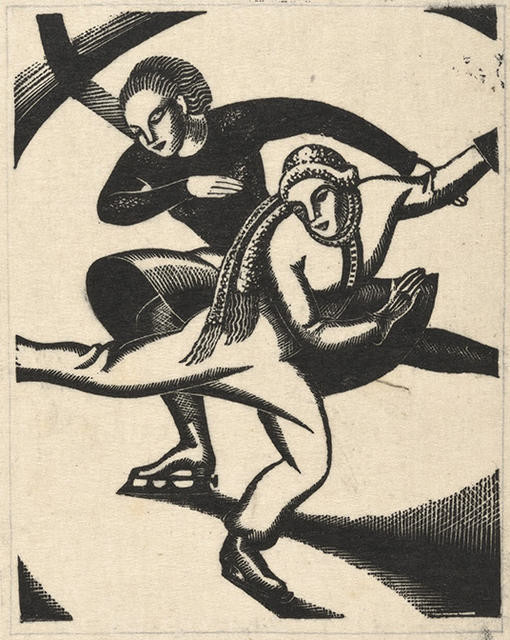
Eileen Mayo Skaters
Two prints from early in Eileen Mayo’s career show the strength of her natural ability. Eileen was nineteen and studying at the Central School of Arts and Crafts, London, when she made the wood engraving Skaters. She made Turkish Bath a few years later in response to an invitation to put work in the Second Exhibition of British Lino-Cuts at the Redfern Gallery, London. Her invitation came from Claude Flight, the linocut’s principal champion, who reportedly instructed her on the technique over the telephone. She had met Flight, a teacher at the Grosvenor School of Art, while working there in 1929 as a life-class model.
(Perilous: Unheard Stories from the Collection, 6 August 2022- )
Collection
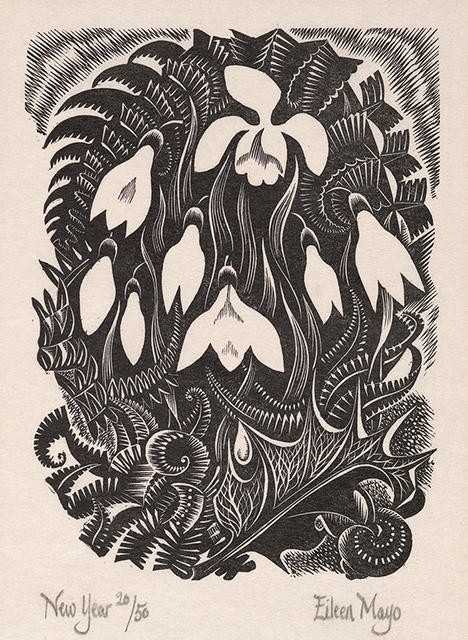
Eileen Mayo New Year
Nature was the predominant theme in Eileen Mayo’s work throughout her distinguished career as a printmaker, painter and designer. She wrote and illustrated numerous books on subjects as varied as seashells, birdsand cats, including her monumental book The Story of Living Things and Their Evolution (1948). She was fascinated with the variety of forms and shapes of plants, and her subject in this work reflects the year of the seasons, as opposed to the calendar year, that begins with the emergence of spring flowers such as these crocuses.
The Golden Age 18 December 2015 – 1 May 2016
Collection
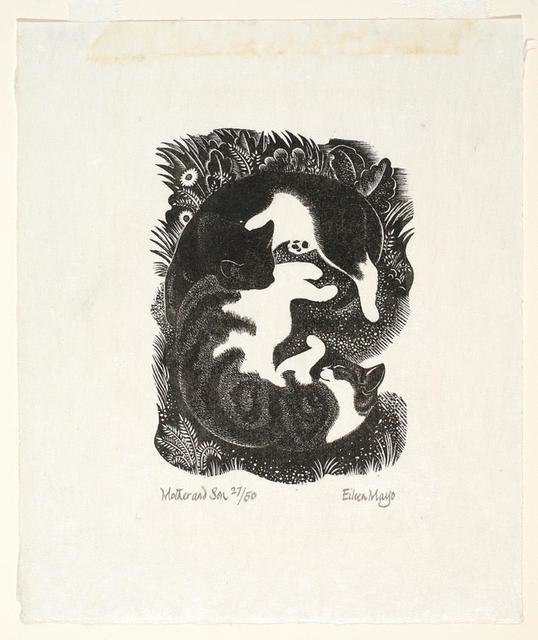
Eileen Mayo Mother and Son
Eileen Mayo has a special place in Christchurch’s art history, not only because of her extraordinary prints and illustrious career but also her tangible connections with this city. Mayo settled here in Christchurch in 1967, having established a career as a printmaker and designer in Britain and Australia. Her British contemporaries included Mabel Annesley and Clare Leighton, both of whom are included in this exhibition, and several works by these artists came into the Gallery's collection as part of a gift of British modernist prints by Redfern Gallery director Rex Nan Kivell.
Mayo adored cats. They were a constant source of companionship throughout her life and were regularly used as subjects in her art.
The Golden Age 18 December 2015 – 1 May 2016
Collection
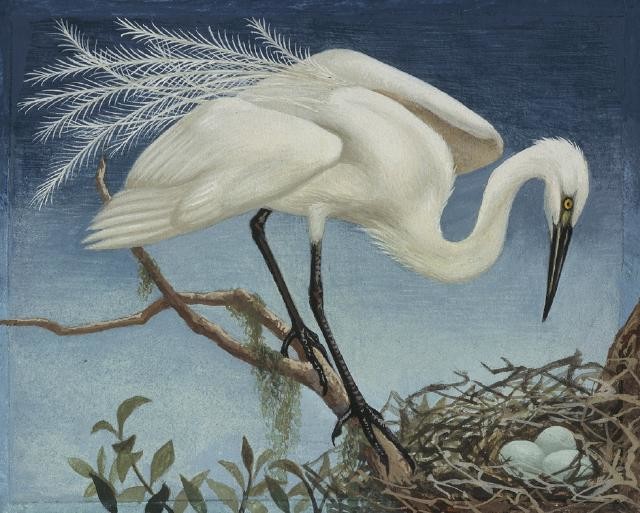
Eileen Mayo Kōtuku / White Heron
In the exhibition White on White (23 November 2008 - 26 October 2009), this work appeared with the following label:
The kotuku lives in other parts of the world (like Asia and the Pacific), but is very rare in New Zealand, with just one permanent population of 100 to 120 birds found near Okarito in South Westland.
In the past, their beautiful long feathers were worn as head-ornaments by important Maori leaders. Sometimes they would keep a bird in a special cage, so that when a new feather grew, someone was waiting and ready to pull it out!
This painting was one of Eileen Mayo’s original designs for a set of cards (Rare and Endangered Birds of New Zealand) collected from packets of Gregg’s jelly.
Collection
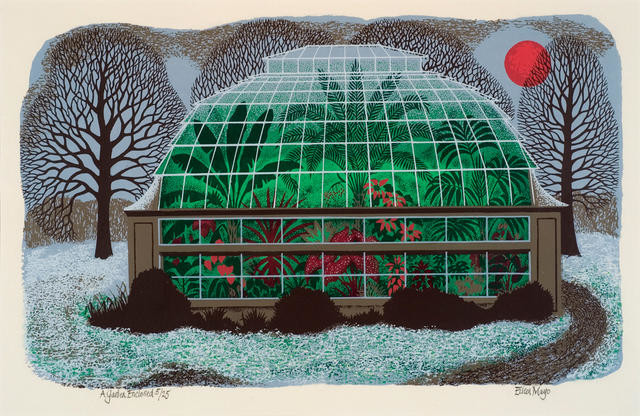
Eileen Mayo A Garden Enclosed
Eileen Mayo had the idea for making this work in 1966 during a visit to Cuningham House, the largest and oldest of the display houses in the Christchurch Botanic Gardens. It was not until 1980, however, that she completed A Garden Enclosed. Opened in 1924, Cuningham House was funded through a bequest by Mr C.A.C. Cuningham, a Christchurch law clerk. Such conservatories, or ‘winter gardens’, were used to house botanic specimens from warmer climates. The distinctive high dome-shaped glass roof is capped with a glazed lantern, and the building was heated with a boiler and a network of pipes throughout the space to provide a suitable climate for tropical plants like the cyclamen, poinsettia and Kentia palms Mayo has depicted. Her view simplifies the architecture of the building, which was designed to echo a classic English orangery in a Neo Classical style. It incorporates a double height space to accommodate taller plants and an elevated viewing gallery. A leading architectural Christchurch firm, Collins and Harman, modelled the design for Cuningham House on the Reid Winter Gardens at Springburn Park, Glasgow.
(Turn, Turn, Turn: A Year in Art, 27 July 2019 – 8 March 2020)
Collection
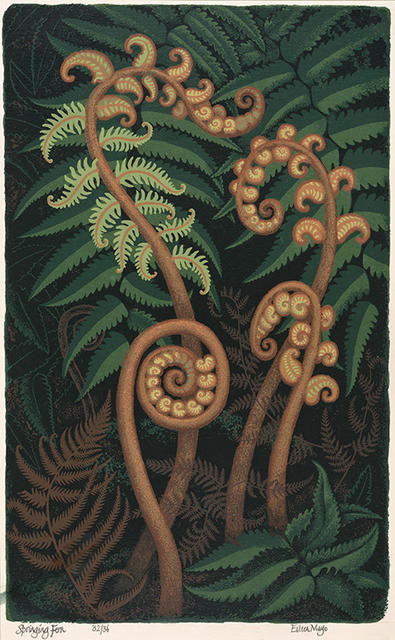
Eileen Mayo Springing Fern
English-born Eileen Mayo excelled across a remarkable range of media, including drawing, linocuts, wood engraving, lithography, tapestry and silk screening. She also became a sought-after commercial designer, known for exquisitely detailed and balanced images that appeared on stamps and coins in Australia and New Zealand. Mayo had lived in New Zealand for twenty years when she made this screenprint of young fern fronds in the lush native bush. One of her last prints, it combines an enduring appreciation of the natural world with extraordinary technical ability, conveying not only the beauty of the plants she depicts, but a sense of their place within a complex and interconnected ecosystem.
(Unseen: The Changing Collection, 18 December 2015 – 19 June 2016)
Collection
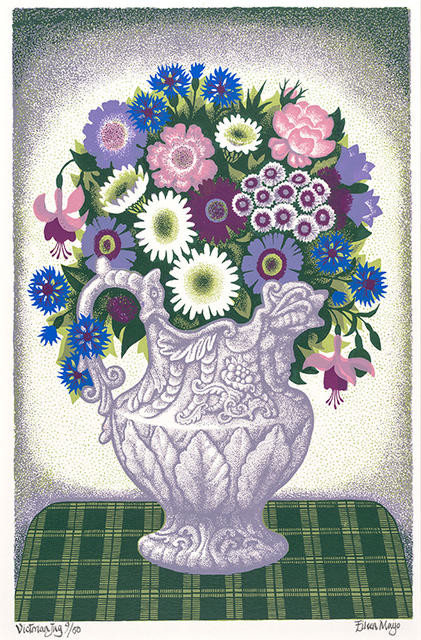
Eileen Mayo Victorian Jug
Born and trained in England, and with an established artistic practice there, Eileen Mayo moved to Australia in 1952, departing for New Zealand ten years later. She settled in Christchurch in 1965 and lived there almost exclusively, aside from a brief period in Dunedin, until her death in 1994. This latter part of Mayo’s career was characterised by her experimentation with a variety of printmaking techniques, including relief printing and screenprints. 'Victorian Jug' is a significant work from this time and reflects Mayo’s accomplished manipulation of shapes, textures and colours. She contrasts the sturdy geometry of the green tartan tablecloth with the ornate decoration of the jug, and an exuberant arrangement of flowers, including daisies, cornflowers, fuchsias and dianthus.
(Turn, Turn, Turn: A Year in Art, 27 July 2019 – 8 March 2020)
Collection
![Doric Dairy [also known as Milk Float]](/media/cache/83/06/8306bf3fa734dc5656771ac495987c75.jpg)
Eileen Mayo Doric Dairy [also known as Milk Float]
In her linocut print Doric Dairy, Eileen Mayo takes pleasure in observing a quaintly old-fashioned and endangered livelihood. The hurrying milkman delivers fresh supplies by horse and cart, moving from house to house to refill his customers’ cans or jugs from his sturdy churn. Eileen Mayo had met Claude Flight, principal champion of the linocut, while she was working at the Grosvenor School of Art in London as a life-class model. He is said to have instructed her in linocut technique over the telephone. She exhibited her earliest works in the Second Exhibition of British Lino-Cuts at London’s Redfern Gallery in 1930. Mayo left England for Australia in 1952 and ten years later joined family in New Zealand, where she would establish her reputation as a significant printmaker and teacher.
(Leaving for Work, 2 October 2021 - 1 May 2022)
Collection
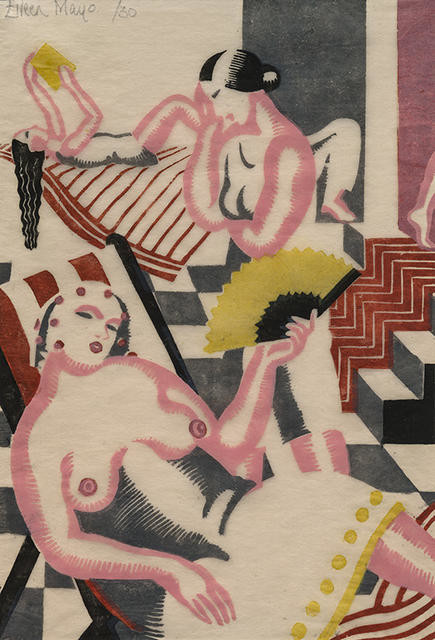
Eileen Mayo Turkish Bath
Two prints from early in Eileen Mayo’s career show the strength of her natural ability. Eileen was nineteen and studying at the Central School of Arts and Crafts, London, when she made the wood engraving Skaters. She made Turkish Bath a few years later in response to an invitation to put work in the Second Exhibition of British Lino-Cuts at the Redfern Gallery, London. Her invitation came from Claude Flight, the linocut’s principal champion, who reportedly instructed her on the technique over the telephone. She had met Flight, a teacher at the Grosvenor School of Art, while working there in 1929 as a life-class model.
(Perilous: Unheard Stories from the Collection, 6 August 2022- )
Collection
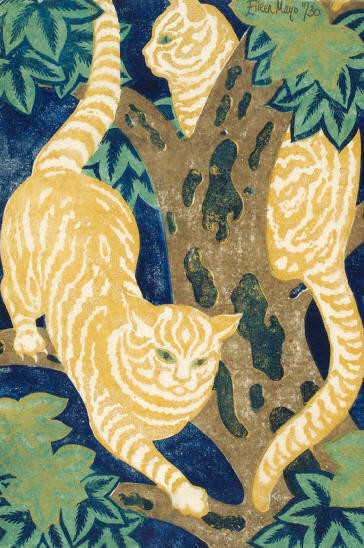
Eileen Mayo Cats in the Trees
Cats were a particularly favourite subject of Eileen Mayo but all animal and botanical subjects were a constant source of inspiration for her. She illustrated several books on nature subjects, including the monumental The Story of Living Things and Their Evolution (1948). A major influence on Mayo was Claude Flight, under whom she studied the linocut technique at the Grosvenor School of Modern Art in 1928. She exhibited regularly with the British Linocut exhibitions held in London between 1929 and 1937. Mayo emigrated to Sydney in 1953 and settled in New Zealand in 1962. She taught at the University of Canterbury School of Fine Art from 1967 to 1972.
There is an information sheet available about this work.
Exhibition
Eileen Mayo: Nature, Art and Poetry
9 June 2019
An artist’s intense love of nature echoes throughout her work.
Notes
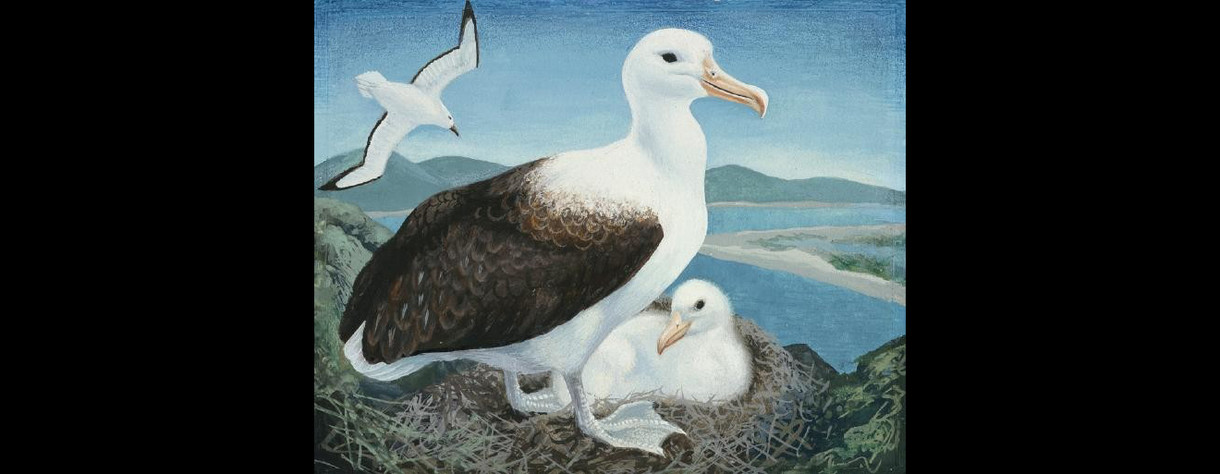
Toroa by Hone Tuwhare
Today's poem is a long one so your hands will be scrubbed as clean as they have ever been. We are extremely grateful to the poet's son Rob for identifying this poem as 'one of our faves!' Curator Nathan Pohio is the reader and he knows the royal albatross colony at Taiaroa Heads well: his mum used to be a guide there and still lives nearby. Take your time with this one - it's well worth it!
Notes
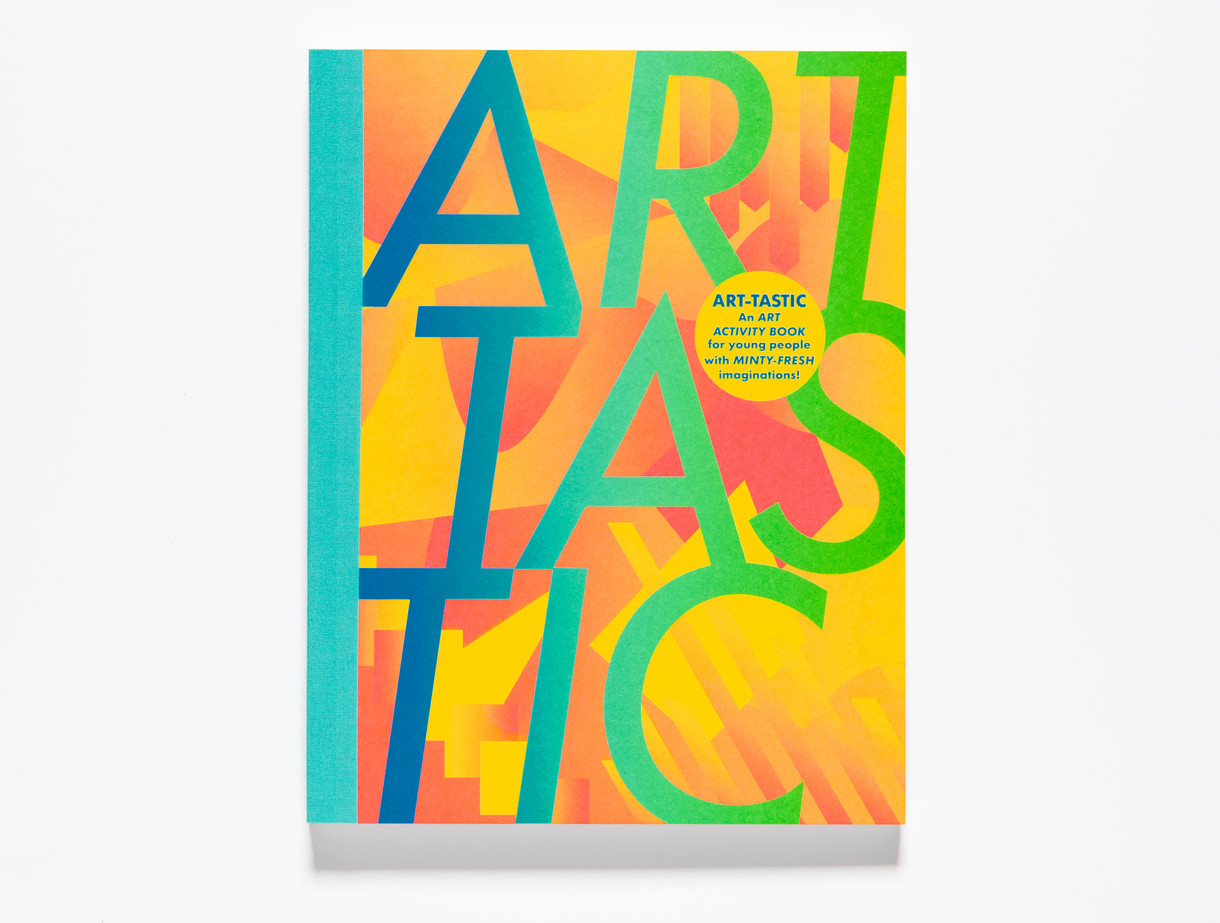
Heck yeah, that happened!
Our very own Art-tastic by our very own Sarah Pepperle won TWO awards at last night's New Zealand Book Awards for Children & Young Adults at Te Papa!!!
Notes
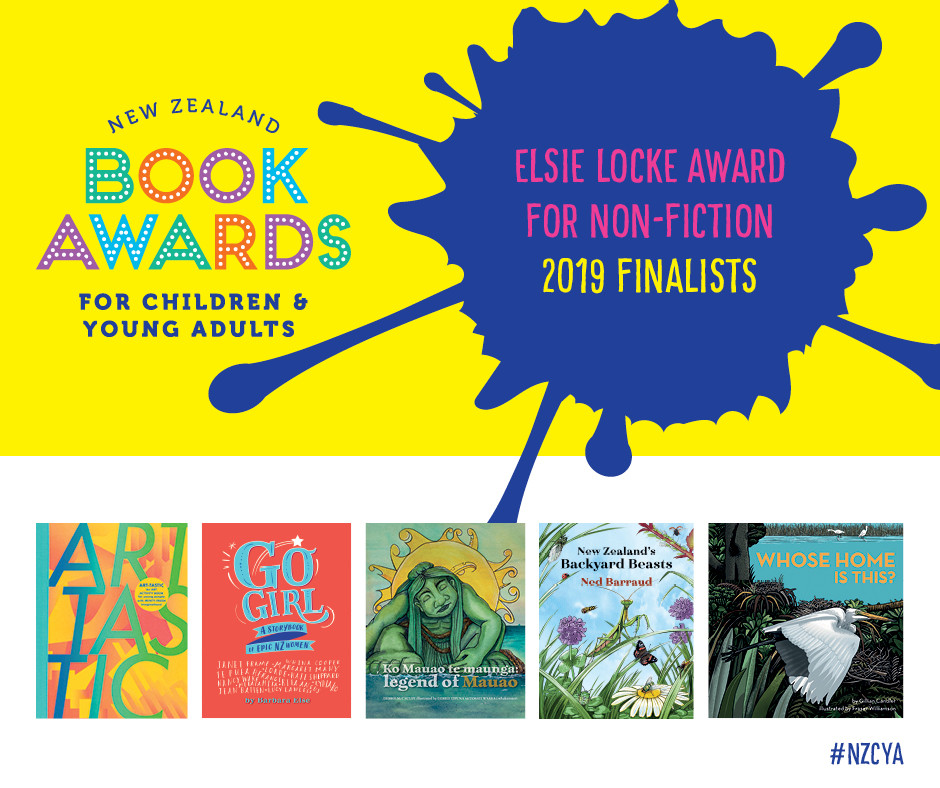
This is ART-TASTIC!!
Our ART-TASTIC art activity book for kids has been nominated for the New Zealand Book Awards for Children & Young Adults! Ka rawe, nice one us! #NZCYA
Notes
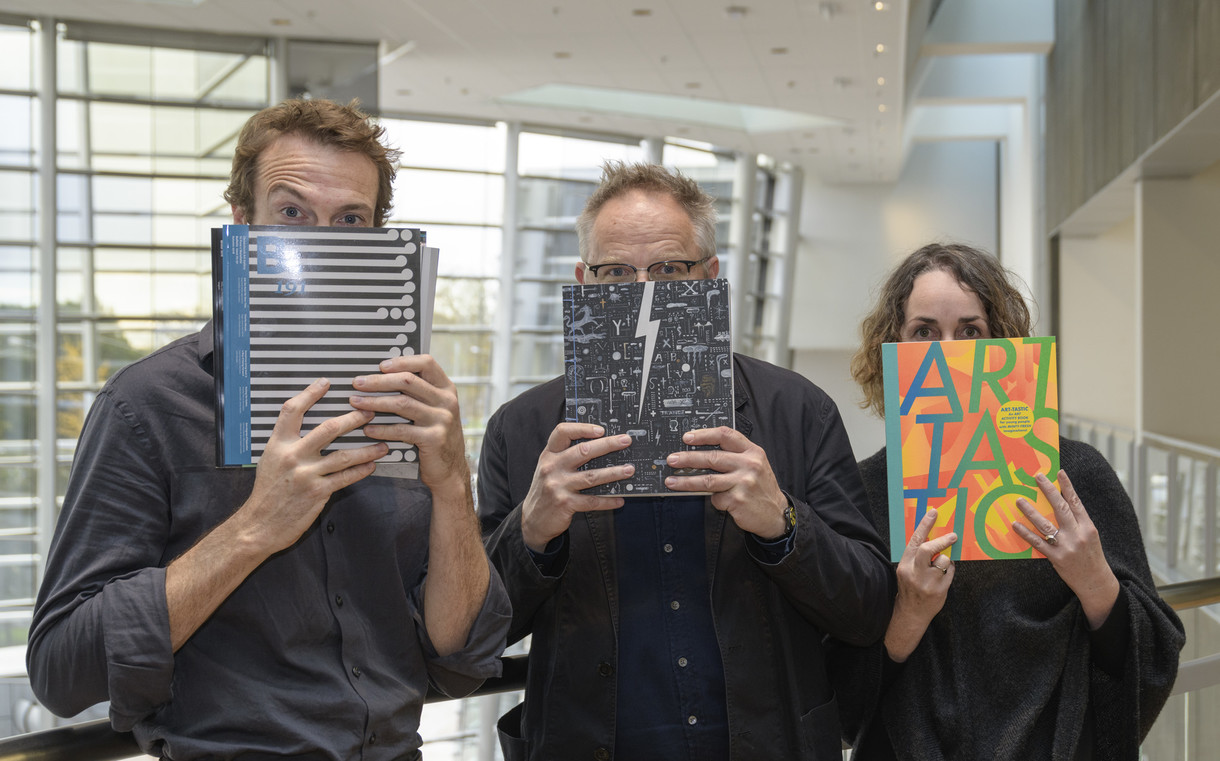
Christchurch Art Gallery scoops major Australasian design awards
Congrats to our publishing team of David Simpson and Sarah Pepperle for a night of bests at the Museums Australasia Publication Design Awards at a gala event in Alice Springs last night. The Gallery won best magazine (Bulletin), best book (Us v Them: Tony de Lautour), best children's book (ART-TASTIC) and best in show (Us v Them)!
Notes
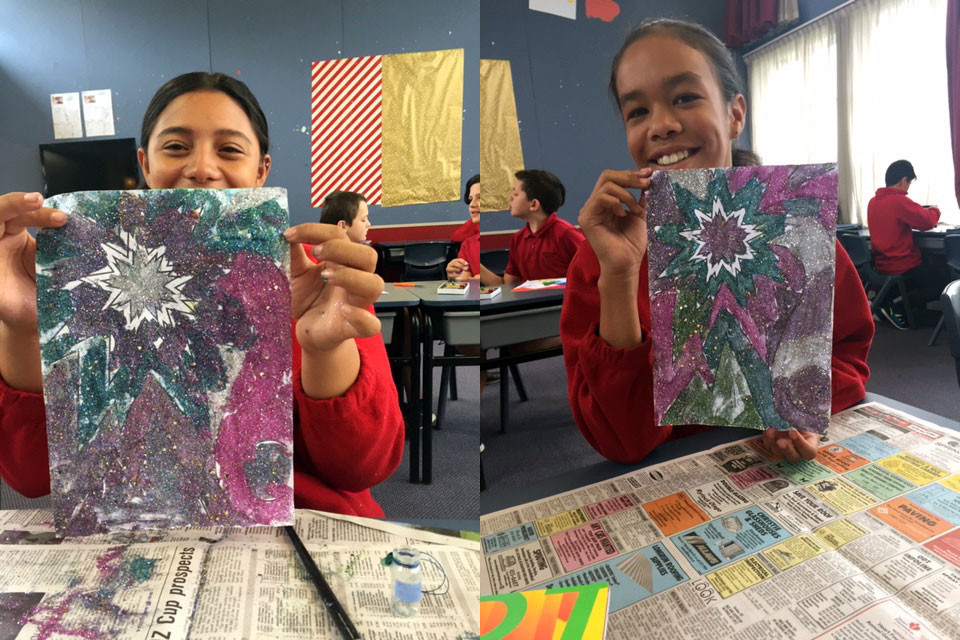
Bishopdale School Rulez
These Year 6 students at Bishopdale Primary School have knocked it out of the park with their AMAZING glitter artworks from our new ART-TASTIC activity book.
Article
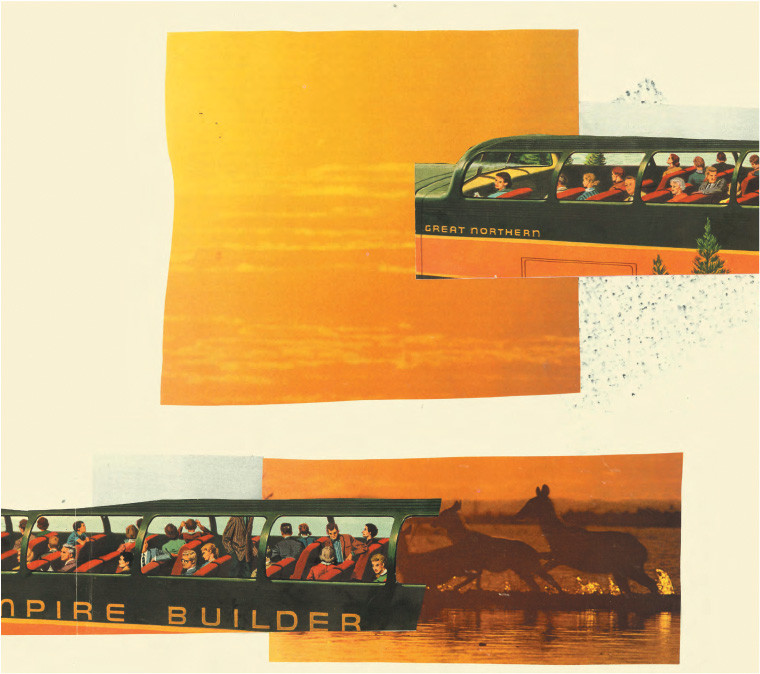
An invitation to participate
You might be well aware of fanzines as a form of analogue self-publishing in and around your own arts community. Or they might be somewhat peripheral to the particularity of your engagement with the arts.
For the uninitiated, the word fanzine is often shortened to zine, and is pronounced 'zeen', as in 'magazine'. This abbreviation doesn't merely signal a growing ubiquity, or an economy of syllables for those (like myself) who say or write the word a lot, it also speaks to the shift away from fandom to a growing eclecticism – bringing the lie to anyone attempting to describe zines as a genre.
Article
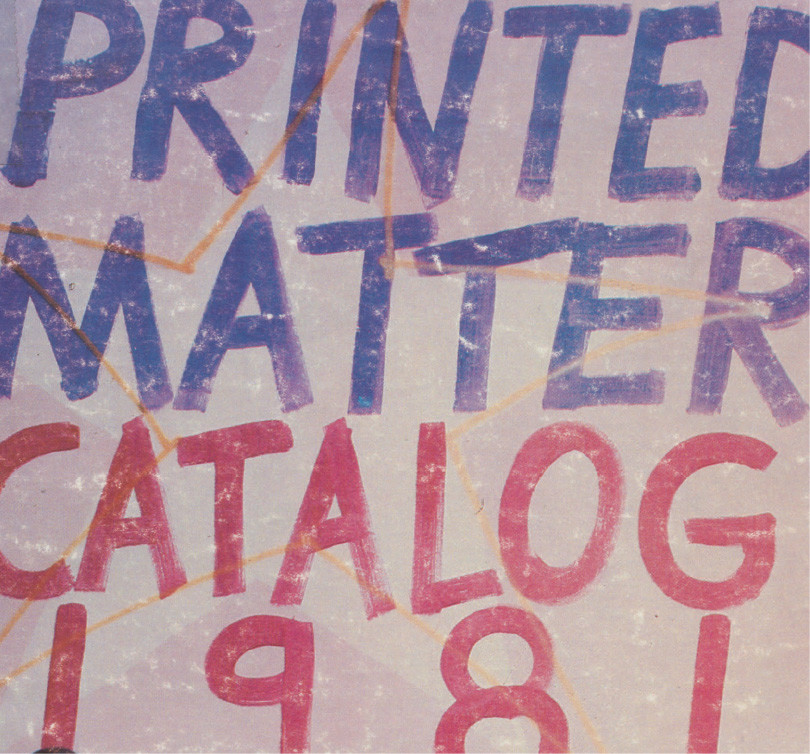
The book as alternative economy and alternative space
In Printed Matter's 1981 mail-order catalogue, artist Edit deAk enthusiastically described the 'many hands at work in the process of making and marketing the book'. Turning the spotlight on individuals and groups involved in the production, distribution and sale of books by artists, deAk likened independent art publishing to activities 'like filmmaking or rock 'n' roll music.' While such comparisons with filmmaking have been relatively scarce over the past few decades, artists, publishers, designers and critics have continued to draw parallels between art publishing and independent music.
Article
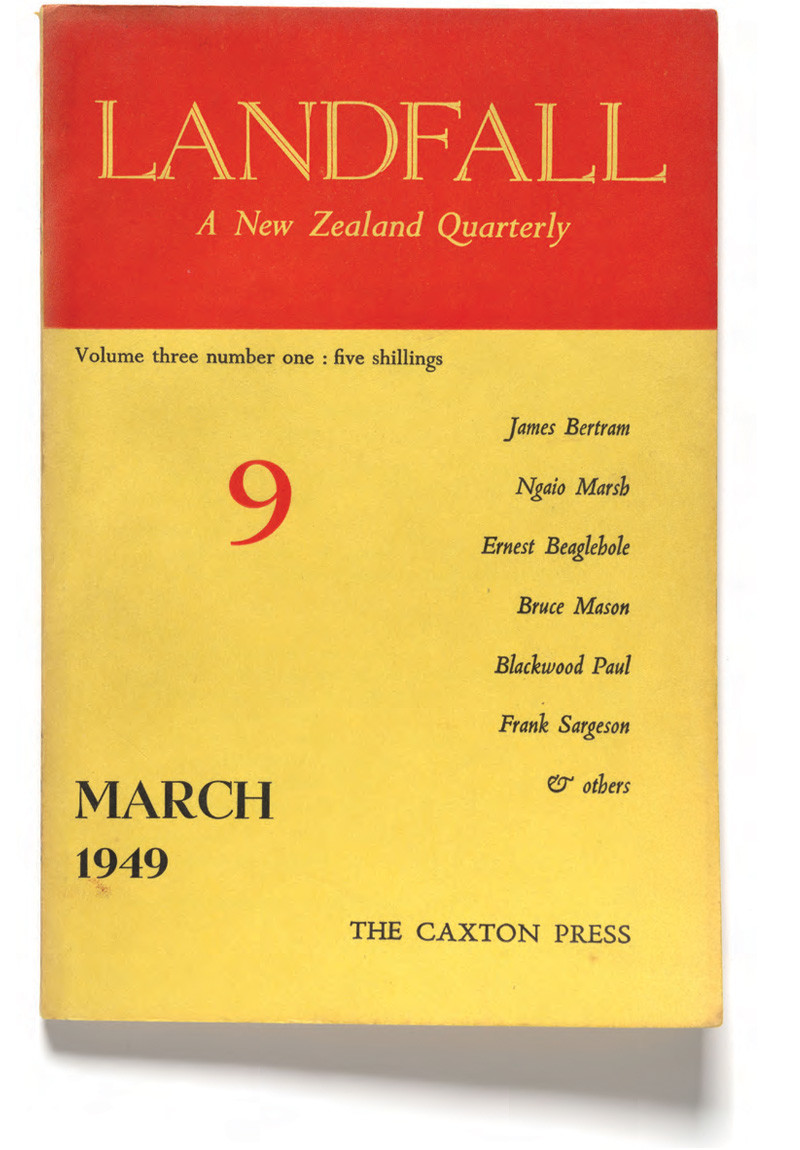
Tomorrow, Book, Caxton Press, Landfall
In the decades before and after the Second World War, Christchurch experienced a remarkable artistic efflorescence that encompassed the visual arts, literature, music, theatre and the publishing of books and journals. And the phenomenon was noticed beyond these islands. For instance, in his 1955 autobiography, English publisher and editor of Penguin New Writing and London Magazine, John Lehmann, wrote (with a measure of exaggeration, perhaps) that of all the world’s cities only Christchurch at that time acted ‘as a focus of creative literature of more than local significance’.
Article
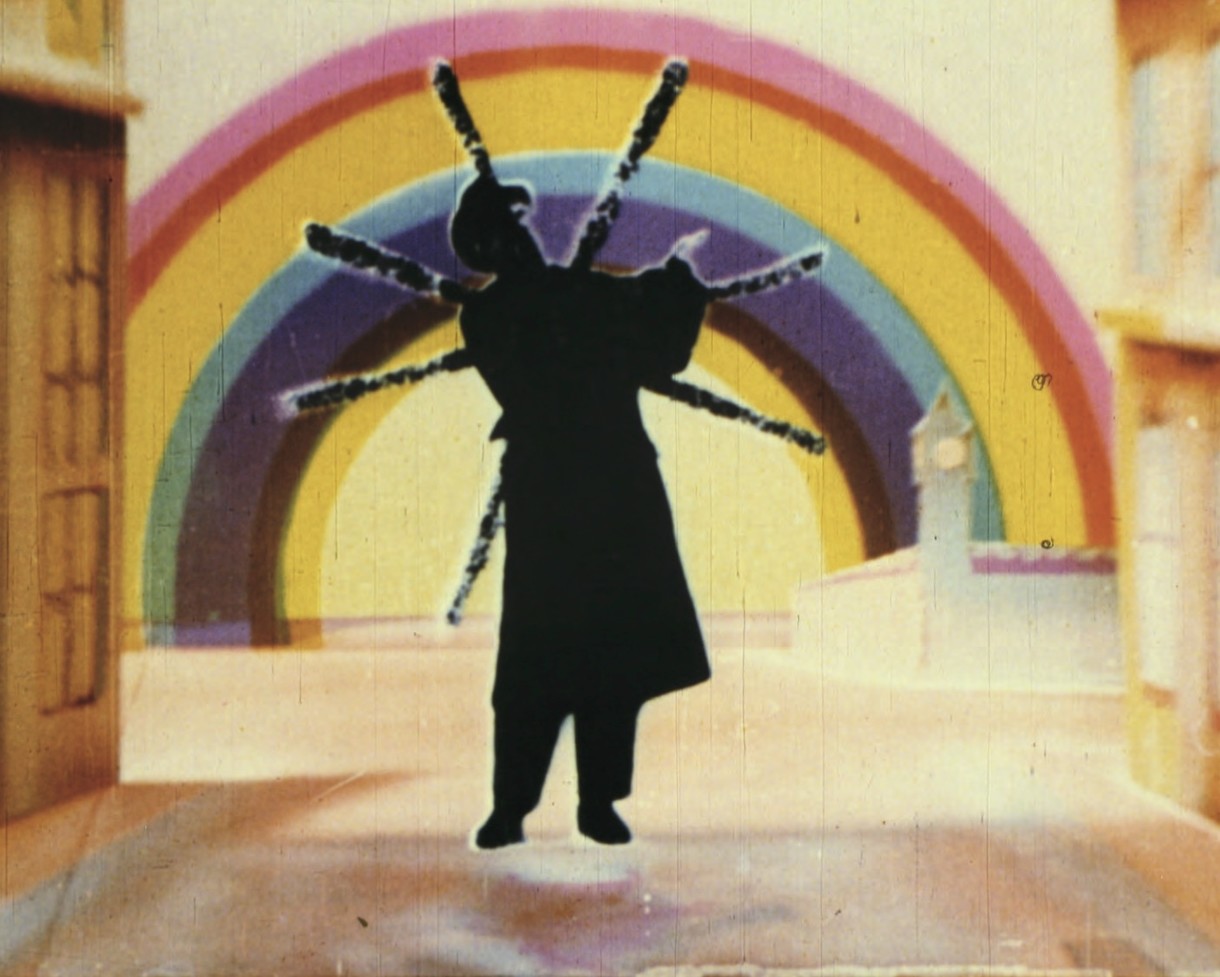
Going online
I’ve never actually seen the Mona Lisa, and it’s a fair bet that most people reading this article haven’t either. Yet, according to Wikipedia, the painting is ‘the best known, the most visited, the most written about, the most sung about, the most parodied work of art in the world’. So how to account for the fame of an artwork we haven’t seen? And what have reproductions of Da Vinci’s sixteenth-century portrait got to teach us about time-based art and the online environment in 2015?
